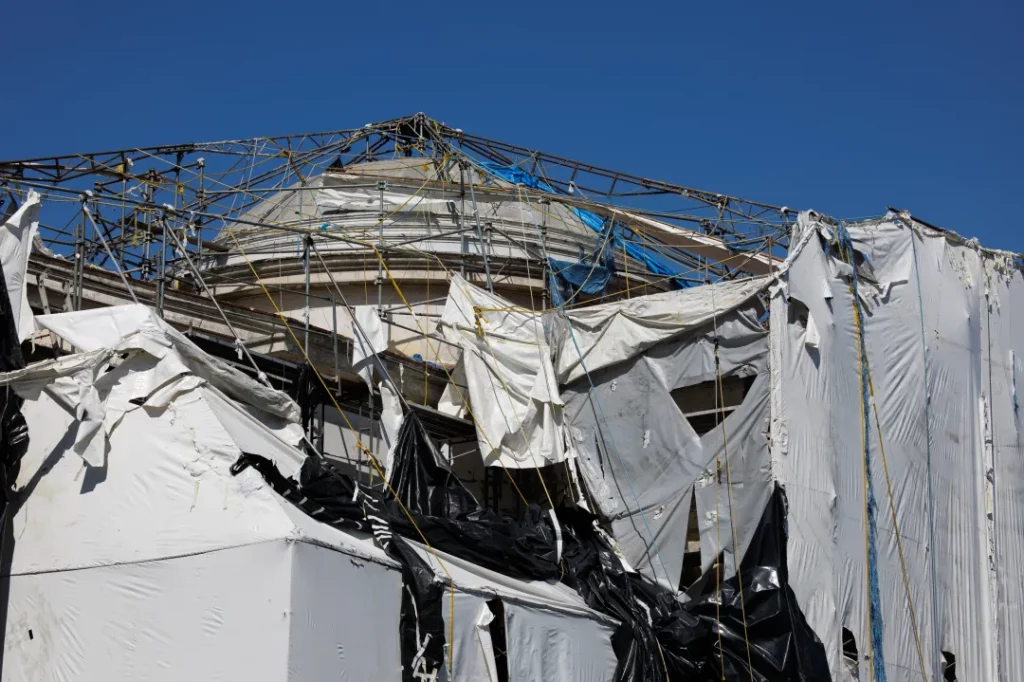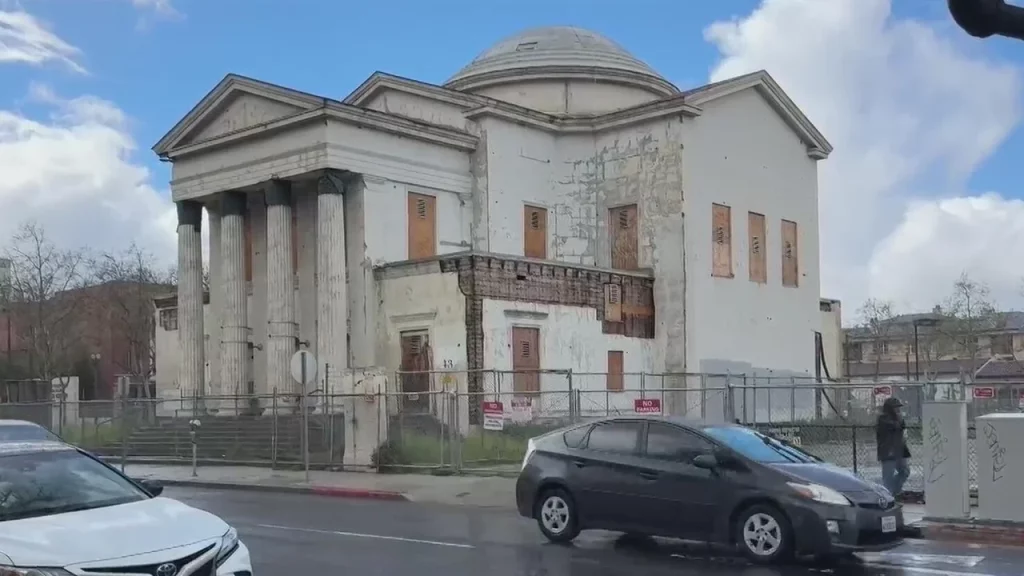In a bold move aimed at revitalizing a long-neglected piece of urban real estate, San Jose Mayor Matt Mahan is urging the city to exercise eminent domain over an abandoned church that has stood shuttered since the early 2000s.
The proposal comes as part of a broader initiative to repurpose blighted properties and stimulate community development in areas of the city that have long suffered from disinvestment.
A Forgotten Landmark in Need of Renewal
The church in question has been abandoned for over two decades, its once-vibrant halls now silent and overgrown with neglect. Once a center of community life, the building’s deterioration has sparked concern among local residents and city officials alike. Mayor Mahan believes that reclaiming this property through eminent domain is a necessary step toward transforming it into a space that can serve the modern needs of San Jose’s community.
“The church stands as a symbol of missed opportunities. It’s time we take decisive action to bring it back into the fold and turn it into something that benefits our citizens,” Mayor Mahan stated in a recent press conference.
The Case for Eminent Domain
Eminent domain is a legal tool that allows government entities to seize private property for public use, with compensation provided to the owner. In this case, Mayor Mahan argues that the public benefits of redeveloping the abandoned church far outweigh the drawbacks of taking the property. The proposed redevelopment could include community centers, affordable housing, or other civic projects that would revitalize the surrounding neighborhood.
Advocates of the move emphasize that the property has been derelict for years and is not being put to any productive use. “When a building like this sits empty, it not only drags down the community’s morale but also signals a failure to invest in our urban future,” noted a city planner. The use of eminent domain, while often controversial, is seen by supporters as a necessary tool to reclaim assets that can drive economic growth and enhance community well-being.
Community Reactions: Hope and Hesitation
The proposal to use eminent domain on the abandoned church has elicited mixed reactions from the local community. Many residents and community leaders welcome the initiative, viewing it as a chance to transform a blighted area into a vibrant public space that could boost local pride and economic activity. Community advocates point to similar projects in other cities where repurposing abandoned structures has led to significant neighborhood improvements.
However, there are also concerns about the potential for government overreach and the precedent it could set. Critics argue that eminent domain should be used sparingly and only when absolutely necessary. “We need to ensure that any use of eminent domain is carried out transparently and with the best interests of the community at heart,” said one local activist. The debate continues as stakeholders weigh the potential benefits of urban renewal against the rights of property owners.
Historical Context and Future Potential

The abandoned church has a storied past, once serving as a focal point for the local community. Its closure in the 2000s marked the beginning of a long period of decline, during which the building fell into disrepair. Today, the proposal to reclaim and repurpose the site reflects a broader trend in urban development: transforming forgotten landmarks into assets that can support community revitalization.
Local historians note that repurposing historic buildings can preserve cultural heritage while also providing much-needed infrastructure for modern needs. “It’s about bridging the past and the future,” commented a local historian. “If done right, this project could serve as a model for other communities facing similar challenges.”
Next Steps: Evaluating the Proposal
With the mayor’s proposal now on the table, the next steps will involve a series of public hearings and consultations with legal, urban planning, and community stakeholders. These discussions will determine whether the use of eminent domain is the best course of action for the abandoned church. City officials plan to conduct a thorough review of the property’s condition, its potential for redevelopment, and the financial implications of the proposed seizure.
As part of the process, the city will also seek input from the community, ensuring that residents have a voice in shaping the future of the site. “Public input is crucial,” Mayor Mahan emphasized. “We want to make sure that the final plan reflects the needs and aspirations of the people who call San Jose home.”
Broader Implications for Urban Renewal
The case of the abandoned church is emblematic of larger challenges faced by urban centers nationwide. Across many cities, disinvestment in older properties has led to widespread blight and underutilized space. By considering eminent domain as a tool for urban renewal, San Jose is positioning itself at the forefront of innovative approaches to community development.
The successful repurposing of the church could pave the way for similar initiatives, potentially transforming neglected urban landscapes into hubs of economic activity and community engagement. Proponents argue that these projects not only create jobs and stimulate local economies but also help foster a sense of pride and belonging among residents.
Mayor Matt Mahan’s push to use eminent domain on an abandoned church in San Jose represents a bold effort to address urban decay and promote community revitalization. While the proposal has sparked debate, it also offers a glimpse into a future where neglected properties are transformed into assets that benefit the public. As the city moves forward with consultations and public hearings, the focus remains on striking a balance between necessary urban renewal and the protection of individual property rights. In a rapidly evolving urban landscape, initiatives like this underscore the importance of innovative solutions in building safer, more vibrant communities for the future.

